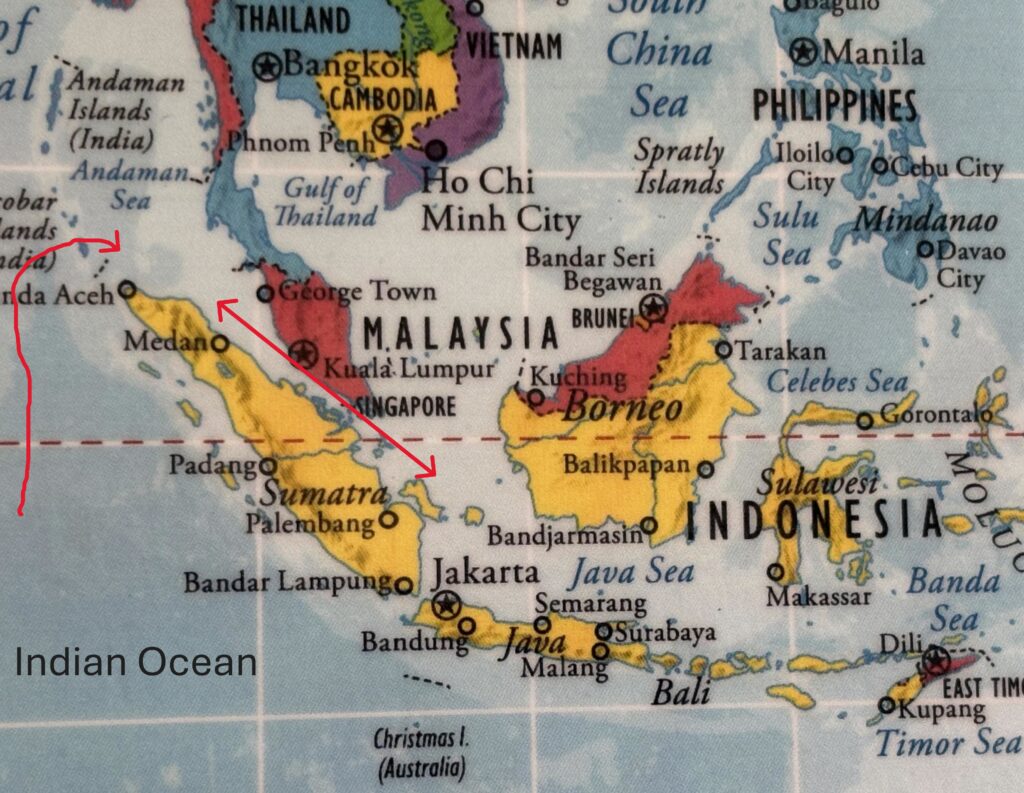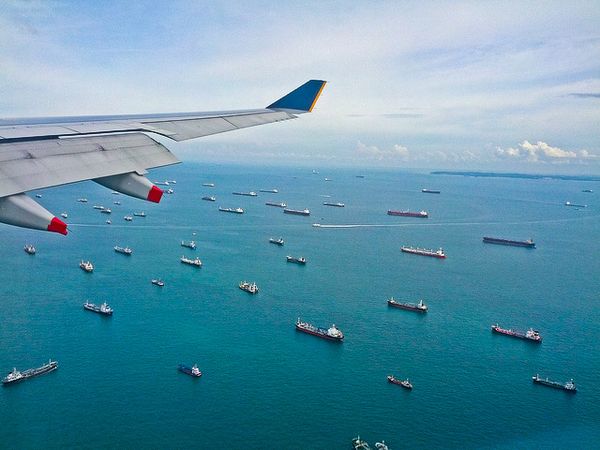#7 The Strait of Malacca: Asia’s Indispensable Maritime Artery


Introduction: The Strait of Malacca is one of the world’s most vital and heavily trafficked shipping lanes, acting as the primary maritime link between the Indian Ocean and the Pacific Ocean. Connecting major Asian economies, it is an indispensable conduit for global trade, particularly for energy supplies destined for East Asia. Annually, over 90,000 ships transit this narrow chokepoint, facilitating trillions of dollars in global commerce, including a substantial portion of the world’s seaborne oil and gas. Its immense strategic importance, however, also makes it a focal point for geopolitical concerns and various maritime challenges.
Geography – A Long, Narrow, and Congested Passage:
- Located between the Malay Peninsula to the northeast and the Indonesian island of Sumatra to the southwest, the Strait connects the Andaman Sea (Indian Ocean) and the South China Sea (Pacific Ocean).
- It stretches approximately 500 miles (800 km) long, but its width dramatically narrows at various points.
- At its narrowest, known as Philip Channel near Singapore, it is only about 1.7 miles (2.8 km) wide, creating a significant bottleneck for maritime traffic.
- The strait is also relatively shallow in parts (as little as 70-80 feet / 25 meters deep in some areas), posing navigational challenges for very large crude carriers (VLCCs) and other deep-draft vessels.
- Adding to the complexity, the Strait’s waters contain a complex archipelago of small islands and shallow shoals throughout its length, further complicating navigation, especially for the high volume of traffic it handles.
Key Facts & Importance:
- Global Commerce Nexus: As the shortest maritime route between the Middle East and Asia, the Strait of Malacca is the world’s most direct and busiest shipping lane, handling an estimated 25-30% of all global maritime trade.
- Massive Traffic Volume: In 2024, it saw a new annual record with 94,301 ships transiting the route, a 5.5% increase over 2023. This includes a record 9,724 VLCCs (Very Large Crude Carriers) and 5,003 LNG carriers.
- Indispensable Energy Lifeline: It is absolutely critical for global energy supplies. In 2023, an estimated 23.7 million barrels per day (b/d) of oil flowed through the Strait, making it the largest chokepoint in the world by oil transit volume. It also handles a substantial portion of global liquefied natural gas (LNG) destined for major East Asian economies like China (which imports around 80% of its oil via this Strait), Japan, and South Korea.
Geopolitical Considerations:
- The “Malacca Dilemma” (China’s Vulnerability): China is acutely reliant on the Strait for its energy imports (around 80% of its oil and significant LNG), leading to what it terms the “Malacca Dilemma.” This strategic vulnerability drives China’s efforts to diversify supply routes (e.g., pipelines from Russia and Central Asia, the China-Pakistan Economic Corridor) and expand its naval capabilities.
- Great Power Competition: The Strait is a key arena for strategic competition, particularly between the United States and China. The U.S. aims to maintain freedom of navigation and regional stability, while China seeks to secure its critical sea lines of communication (SLOCs) and project influence.
- Regional Cooperation for Security: The littoral states (Indonesia, Malaysia, Singapore) cooperate extensively to ensure the Strait’s security. Initiatives like the Malacca Strait Patrols (MSP), “Eyes in the Sky” (EiS) aerial surveillance, and information-sharing centers are crucial in combating piracy, armed robbery, and other maritime crimes.
- Impact on Regional Stability: Any significant disruption to the Strait, whether by conflict or accident, would have catastrophic economic consequences for not only the region but the entire global economy, affecting supply chains far beyond Asia.
